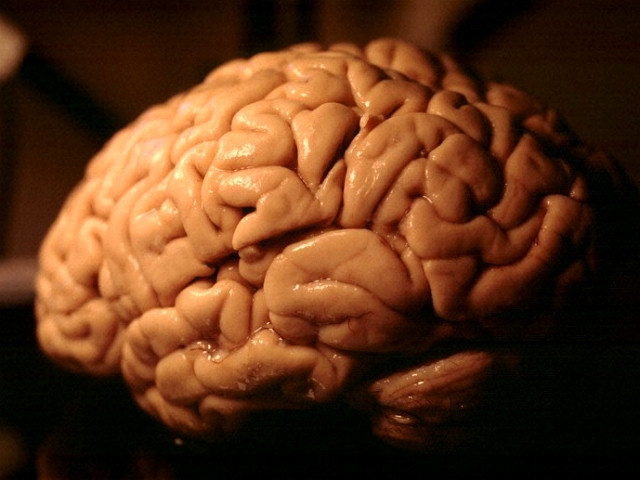Soul Discovery: Scientists Find 'On-Off Switch' for Human Consciousness in Brain of Female Patient

Scientists have discovered a part of the brain which acts as an "on/off" switch to control when you sleep.
Researchers from The George Washington University have managed to turn the consciousness of a woman on and off by stimulating a single region of the brain with electrical impulses.
Although there is only one case study, the discovery suggests the part of the brain called the claustrum might be integral to understanding consciousness and may also help revive coma patients.
The team found the so-called switch by accident, as part of an ongoing study on a female epilepsy patient. As reported by New Scientist, the researchers were using a technique called deep brain stimulation to try and discover the part of her brain that was causing her seizures.
When electrodes were placed on the Claustrum, a tiny sheet of neurons attached to the underside of the neocortex in the centre of the brain, the patient lost consciousness when an electrical signal was sent.
The scientists said the patient's speaking slowed, her reactions ceased and it appeared that the woman was completely unconscious.
When the researchers stopped the electrical stimulation, the patient regained consciousness and had no recollection of the event. Over the course of two days, the effects were reproducible as the researchers continued to stimulate the brain region.
They asked the woman to repeat a particular word or perform a certain movement as the stimulation commenced to ensure they were not just interfering with speech or motor control.
As she became unconscious, the woman gradually spoke more quietly and moved less rather than immediately stopping, suggesting their actions were affecting consciousness. No associated epileptic activity was discovered, suggesting that it was not a seizure.
Lead author Mohamad Koubeissi likened the effects to a car.
"A car on the road has many parts that facilitate its movement - the gas, the transmission, the engine - but there's only one spot where you turn the key and it all switches on and works together. So while consciousness is a complicated process created via many structures and networks- we may have found the key," he said.
Previous research by Francis Crick, one of the scientists involved in deciphering the structure of DNA, proposed the claustrum may be the heart of consciousness, connecting an input of information arriving from different brain networks.
Although the study is significant, experts have said the research may be hindered as the woman involved is missing part of her hippocampus and is therefore not representative of a "normal" brain.
"This study is incredibly intriguing but it is one brick in a large edifice of consciousness that we're trying to build," Koch told the Business Insider.
Ultimately, if we know how consciousness is created and which parts of the brain are involved then we can understand who has it and who doesn't," he added, as reported by the Utah People's Post.
The study has been published in Epilepsy & Behaviour.
© Copyright IBTimes 2025. All rights reserved.






















